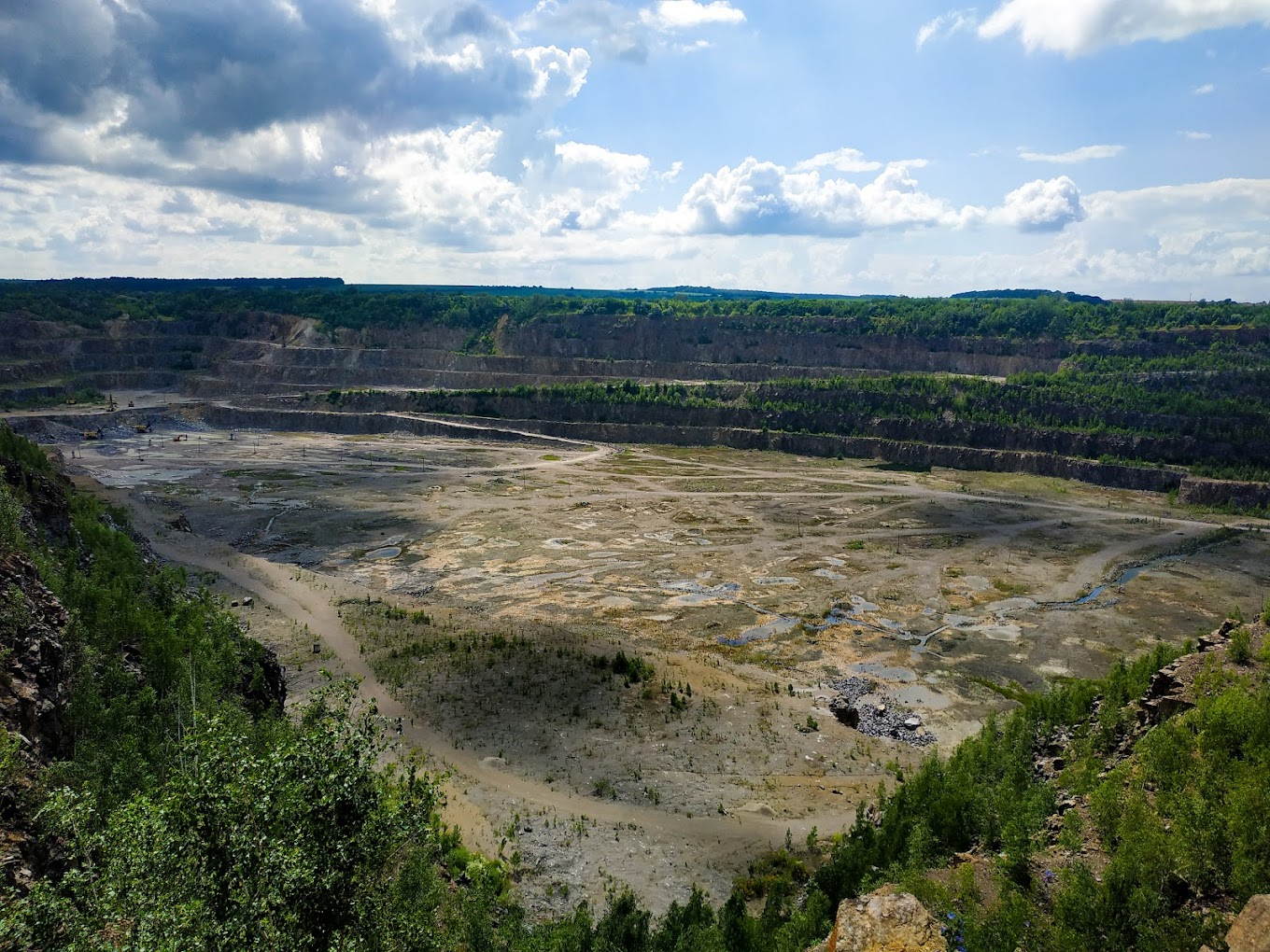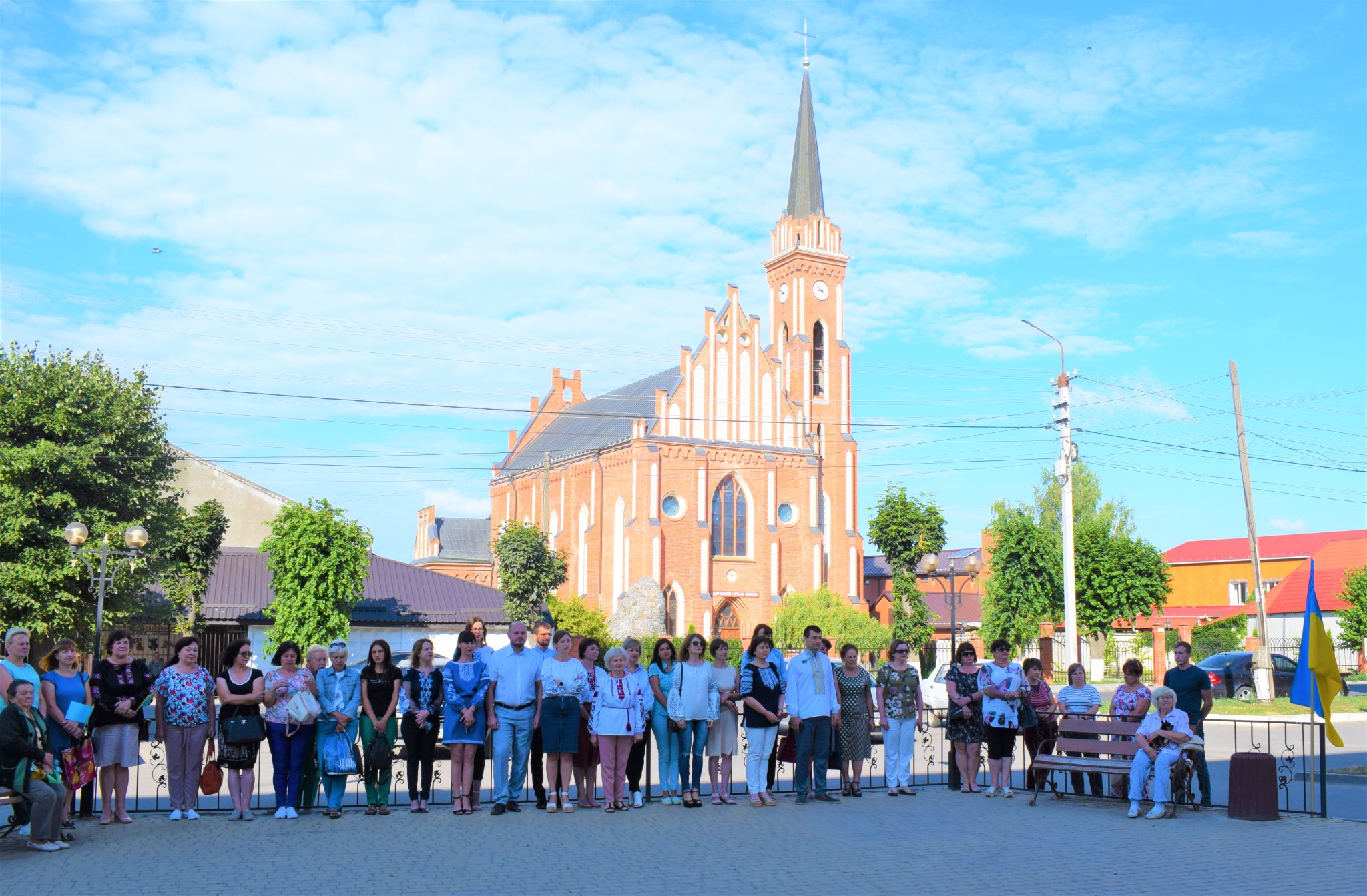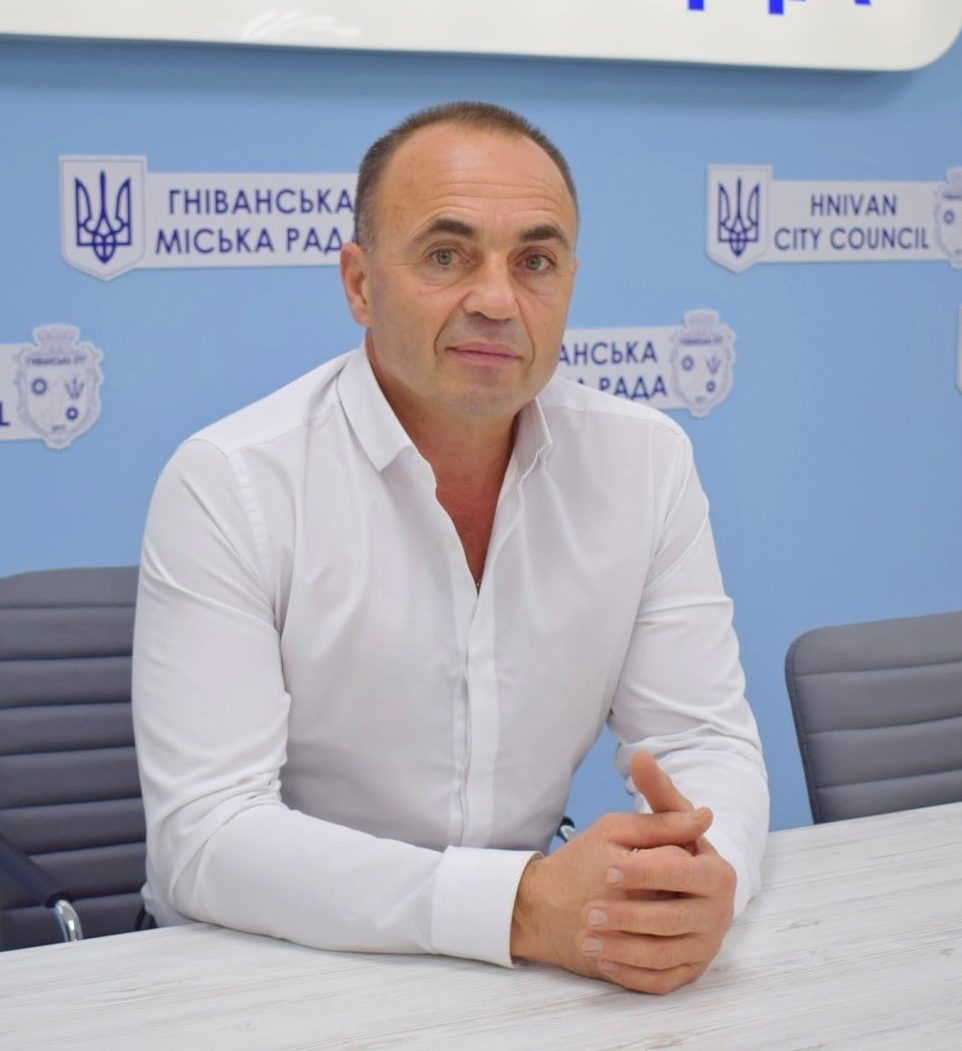This website uses cookies so that we can provide you with the best user experience possible. Cookie information is stored in your browser and performs functions such as recognising you when you return to our website and helping our team to understand which sections of the website you find most interesting and useful.
Hnivan Territorial Community

The town is located in the western part of Vinnytsia District on the left bank of the South Buh River.
Area: 244.5 km²
Population: 18,834 people,
Including urban population: 12,330 people
Rural population: 6,504 people.
The community includes 1 town (Hnivan) and 10 villages (Hryzhyntsi, Mohylivka, Demydivka, Selyshche, Urozhayne, Voroshylivka, Mayaniv, Borskiv, Potoky, Ryzhavka).
History

The modern town of Hnivan got its name from the village of Hnivan, which sprang up in the 17th century, but over time was absorbed by the village of Selyshche. In the village of Selyshche, such names as the river Hnivanka, the tract Hnivan have been preserved and the street Redkova Shtanyna once also bore the name of Hnivan. All of them are located in the central part of the village, 3 km from Hnivan.
The settlement within the boundaries of the modern town of Hnivan, except for the territory of the village of Vytava, commenced its existence thanks to the construction of the Kyiv-Odesa railway in 1870. It was then that the built railway station received the name of the nearest population centre – the village of Hnivan, and Jozef (Yosyp) Jaroszynski, one of the largest landowners in the Podillya area.

In 1872, Jozef Jaroszynski bought the sugar factory equipment from Tyt Szczenyovski, the owner of the village of Selyshche, and transported it to the purchased plot of land near the Hnivan station, where he then built the sugar factory. Over time, temporary settlements of workers from the surrounding villages transformed into a workers’ town.

In the second half of the 19th century, extensive excavation of Hnivan granite for the needs of local construction began. At the end of the 19th century production of stone and crushed stone amounted to 20,000 m³ per year.
In the late 19th century, due to the construction of the South-Western Railway, the population of Hnivan began to grow rapidly. The land of the village and its surroundings stretched for up to 3,000 acres. Jaroszynski sold the land to the workers who laid the railway track (0.15 ha to each worker). In 1981, Hnivan was granted the status of a town.

A neo-Gothic temple designed by Felix Olshanskyi is a gem of the town of Hnivan and the main tourist attraction. It was built in 1903-1906 under the title of St. Joseph the Bridegroom. However, with the establishment of the Soviet regime, the temple was closed and the shop of the bearing factory was placed there. In was not until the early 1990s, that the church resumed its work.

Economy and Welfare

Located 20 km from the regional centre – the city of Vinnytsia, the Hnivan territorial community has investment-attractive industrial areas and a large number of working-age population. The community also has significant tourist and recreational potential – the South Buh River flows through the entire community, so, there are many locations for tourism and recreation.
Europe’s largest granite quarry and the Hnivan special reinforced concrete plant — a strategic enterprise owned by Ukrzaliznytsia PJSC — operate on the territory of the community.

Thanks to the implementation, in 2018-2022, of the project “Energy-Efficient Hnivan – energy policy for the sustainable development of the town of Hnivan”, which was financed by the European Union as part of the EU4Energy initiative and the “Covenant of Mayors – Demonstration Projects” (CoM-DeP) Program, it was possible to carry out comprehensive thermal modernization of four preschool educational institutions of the town of Hnivan according to European standards, which allowed increasing the level of energy efficiency in the community and reducing the level of CO2 emissions into the air.

Community and War

From the first day of the full-scale Russian invasion of Ukraine, the Hnivan urban community rallied for Victory. The town council organized an alarm station and conducted the mobilization. As of the end of 2022, about 800 defenders from the community went to the front to defend Ukraine from the aggressor. 20 of them died in heavy battles for the Motherland. Residents meet each of them by kneeling and covering the road of their last journey with flowers.

During the entire period of the war, the Hnivan community received and provided assistance to more than 2,000 people who were forced to leave their homes due to hostilities. For this purpose, a humanitarian headquarters was created at the Hnivan Town Council, whose employees give a hand to the displaced by providing them with food, clothing, household items and personal hygiene products.

Charitable foundations and volunteer organizations were created on the territory of the community. Since the beginning of the war, they have been engaged in collecting, sorting and delivering humanitarian aid to soldiers. People in their own homes managed to create points for making trench candles, sewing military ammunition, weaving camouflage nets, cooking and baking.


Fortunately, the Hnivan community was not damaged during the war. However, very often enemy missiles, unmanned aircraft and drones were spotted over the populated areas of the community, and the sounds of explosions in neighbouring towns and villages were heard here. During air raids, residents are forced to take shelter, because air defence forces have repeatedly shot down missiles over the villages and town of the community. As a result of Russia’s massive attacks on the energy system of Ukraine, the Hnivan community has been experiencing constant long-term power outages for months. In order for the residents to be able to charge their phones, contact their relatives, warm up and drink tea during blackouts, special Points of Invincibility were arranged in Hnivan.

People of the Community

Volodymyr Kuleshov, a resident of Hnivan, is Head of the community. He has held the office for 13 years in a row.

On the first day of the war, Volodymyr Volodymyrovych managed to organize the coordinated work of his team in radically new conditions. He gathered a group of men and women around him who patrolled the town, identified enemy sabotage and reconnaissance groups, dug trenches, built roadblocks and performed other socially important work.
The Mayor has initiated the volunteer work of his team to help soldiers who are leaving for the frontline. He also independently purchases and delivers ammunition and equipment to the military; visits wounded defenders in military hospitals; provides financial support to charitable foundations and organizations working for Victory.

On the initiative of the Hnivan Town Mayor, the families of military personnel serving in frontline positions were provided with solid fuel free of charge to heat their homes in case there is no gas or electricity.
In addition, a number of measures are being taken under the leadership of Volodymyr Kuleshov to ensure the comfort and safety of the community in case of possible force-majeure situations.

Development Strategy

As a result of the decentralization reform, communities in Ukraine received significant resources, powers and opportunities for development. The Hnivan urban territorial community is also one of them. The strategy is designed to make the process of self-governance more effective, open and understandable for community residents, to ensure public involvement in decision-making and control of government activities.
The Hnivan urban territorial community sets ambitious but realistic development and cohesion goals and strives for a consensus around the achievement of common goals that would ensure positive results.
The main areas of the community’s growth are the development of the community’s economic capacity and tourism potential, creating comfortable living conditions and raising the level of civil society. That is why the town government is taking measures to improve opportunities for business development and attracting investments, improving services in the field of education, health care, social protection of the population, implementing energy efficiency and environmental safety measures in the community.

